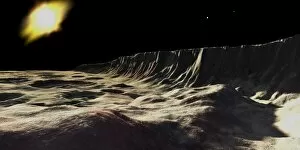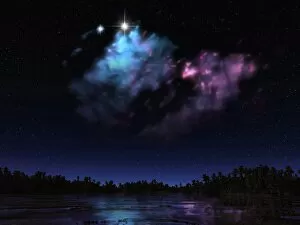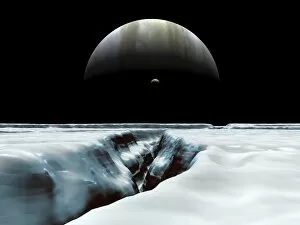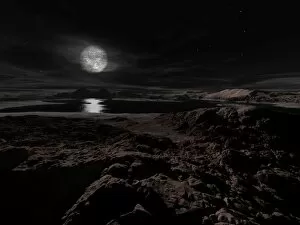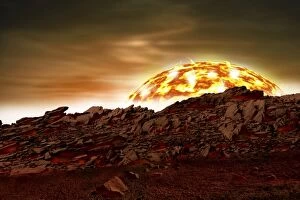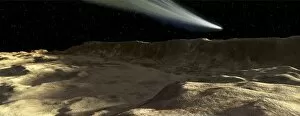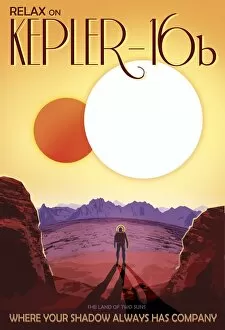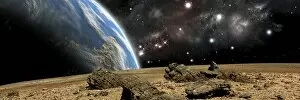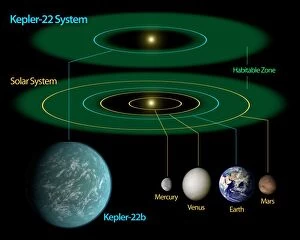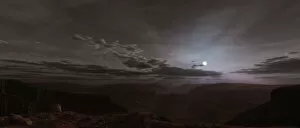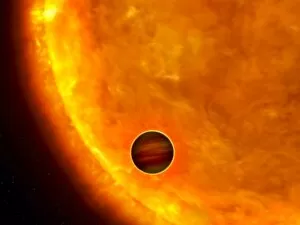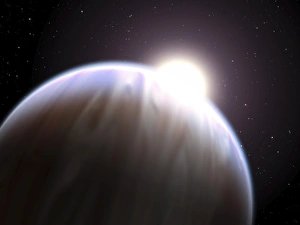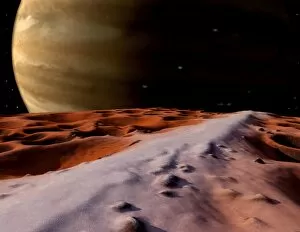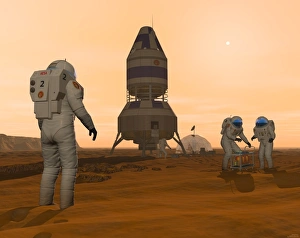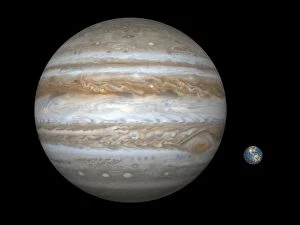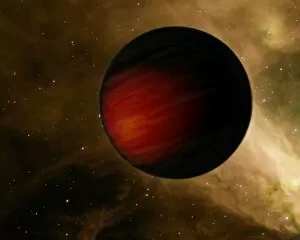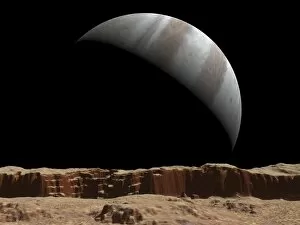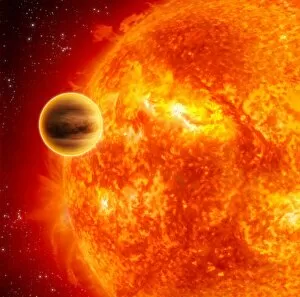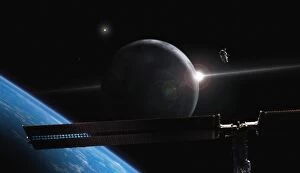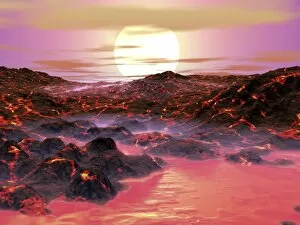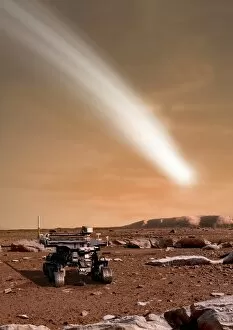Astrobiology Collection (page 3)
Astrobiology, the captivating field that explores the possibility of life beyond Earth, takes us on a mesmerizing journey through our vast universe
All Professionally Made to Order for Quick Shipping
Astrobiology, the captivating field that explores the possibility of life beyond Earth, takes us on a mesmerizing journey through our vast universe. From the gigantic scarp on Uranus' moon, Miranda, to the breathtaking artwork captured by the Kepler Mission space telescope, we are constantly reminded of the wonders that lie beyond our own planet. In one artist's concept, two Saturn-sized planets discovered by Kepler grace our imagination with their majestic presence. Meanwhile, another artwork depicts an astronaut gazing up at Mars' sun as they explore its mysterious terrain – a reminder of humanity's relentless pursuit to uncover extraterrestrial secrets. The cosmos continues to astound us with its enigmatic beauty. A bright star named Rigel is momentarily eclipsed by a moon from a hypothetical planet in one stunning image. And in another artist's rendering, Epsilon Eridani emerges as a possible habitable world where life could thrive. As we venture further into space exploration, we discover celestial marvels closer to home. Orbiting 70 Virginis is a super-Jupiter – an awe-inspiring sight that expands our understanding of planetary diversity. Ice spires adorn Jupiter's large moon Callisto while Ganymede showcases an impact crater alongside its colossal host planet. Astrobiology invites us to ponder profound questions about existence and what lies beyond our familiar blue sphere. It fuels our curiosity and ignites dreams of encountering alien civilizations or witnessing otherworldly landscapes firsthand. Through scientific inquiry and artistic interpretation alike, astrobiology inspires us to embrace both the known and unknown realms of outer space. As we delve deeper into this captivating field, may it continue to ignite wonder within us all and drive humanity towards new frontiers yet unexplored.

